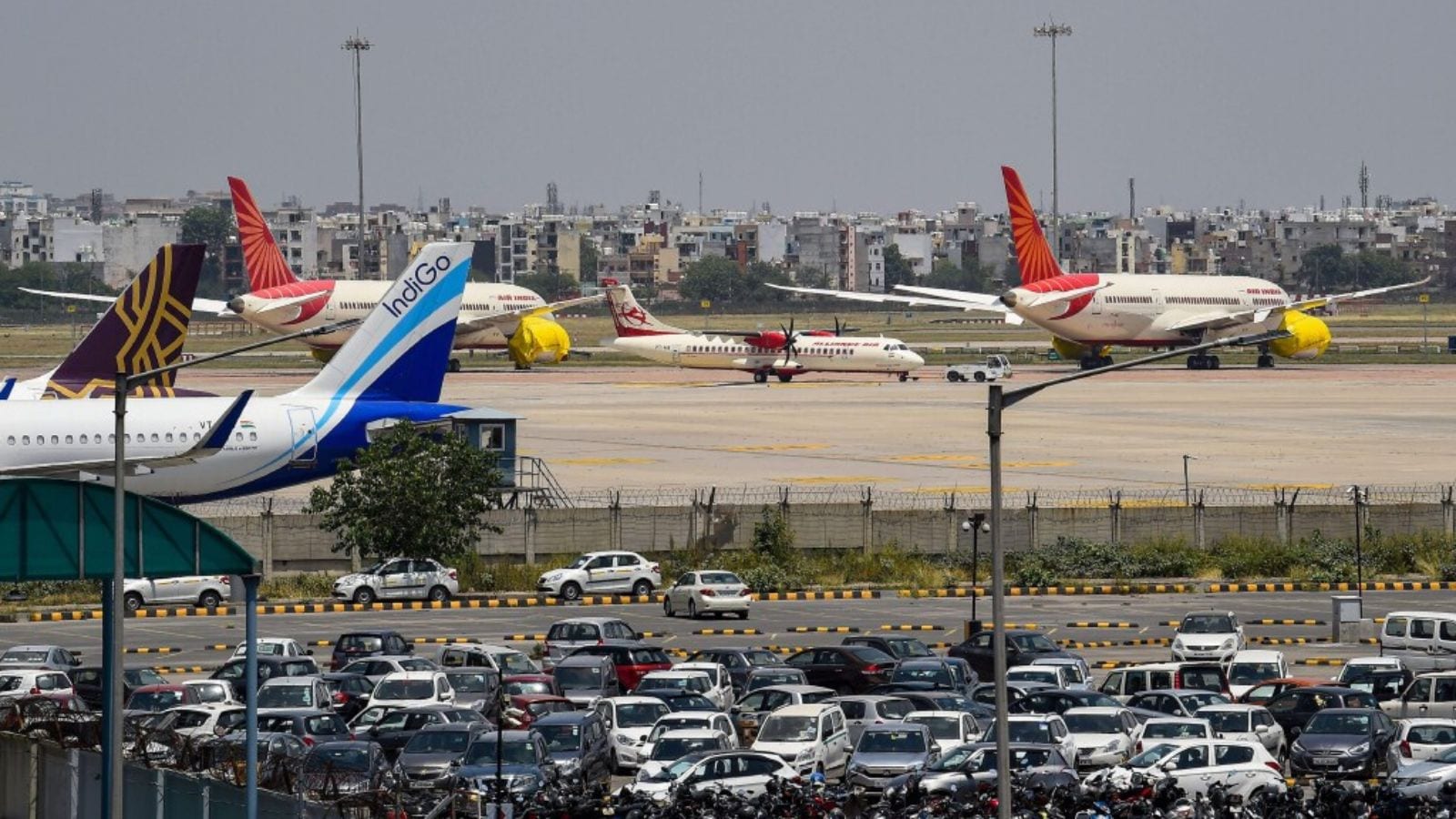US President Donald Trump announced on Monday that every medium and heavy-duty truck imported into the United States will be hit with a 25 percent tariff starting November 1. The sweeping new trade measure marks a bold escalation in his ongoing push to shield American manufacturers from what he calls “unfair outside competition”.
“Beginning November 1st, 2025, all Medium and Heavy Duty Trucks coming into the United States from other Countries will be Tariffed at the Rate of 25 per cent,” Trump posted on his social media platform, adding no further details.
Just last month, Trump indicated that tariffs on large truck imports could begin on October 1, framing the move as a matter of national security. He claimed these higher duties were necessary to bolster iconic US firms, including Peterbilt and Kenworth, which are owned by Paccar, and Freightliner, owned by Daimler Truck.
“These tariffs are necessary to restore fairness and protect our workers,” Trump said at the White House. “We cannot continue allowing our industries to be undermined by foreign dumping and unfair practices.”
How Will This Affect Vehicle Trade?
Existing trade agreements with Japan and the European Union set US tariffs at 15% for light-duty vehicles—smaller cars and trucks. However, it’s unclear whether these arrangements will extend the same rates to the heavier models now under threat. In North America, an important exception remains for light-duty vehicles built in Canada and Mexico, where manufacturers can subtract the value of American-made parts from their tariff calculations, softening the financial blow, Reuters reported.
The vehicles now targeted by this policy sweep in a broad range: from delivery vans and garbage trucks to public utility vehicles, transit and shuttle buses, big rig tractor-trailers, and powerful semi-trucks. These are the workhorses of industry and infrastructure that are vital yet vulnerable to policy shifts.
US Tariff To Impact Key Allies
The proposed tariffs have alarmed business leaders and trade experts. The US Chamber of Commerce publicly warned the Commerce Department against the move, arguing that the nation’s leading suppliers of these vehicles, including Mexico, Canada, Japan, Germany, and Finland, are steadfast allies with no ties to security risks for America.
Mexico, especially, stands to be deeply affected. The country is currently the number one exporter of medium-and heavy-duty trucks to the US, driven by booming demand that has seen exports triple since 2019. Recent government data shows around 3,40,000 of these vehicles now cross the border each year.
Under the USMCA free trade agreement, shipments of medium- and heavy-duty trucks from Mexico move duty-free if at least 64% of their component value throug parts like engines, axles, or even steel, originates within North America. Such rules are meant to encourage regional cooperation and keep supply chains tightly interwoven.
Automakers could also feel the impact of these tariffs. Stellantis, the parent of Chrysler, has lobbied the White House against more punitive duties on Mexican-built heavy-duty Ram trucks and commercial vans, a cornerstone of its regional operations. Meanwhile, Sweden’s Volvo Group is eyeing the future, investing $700 million in a new heavy-truck factory in Monterrey, Mexico, with production expected to start in 2026, Reuters reported.



